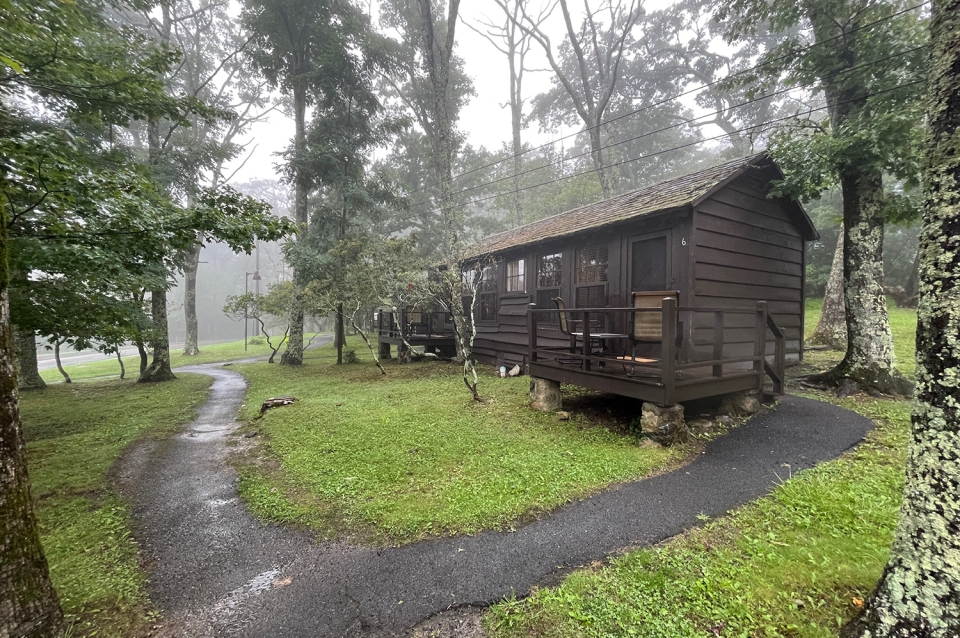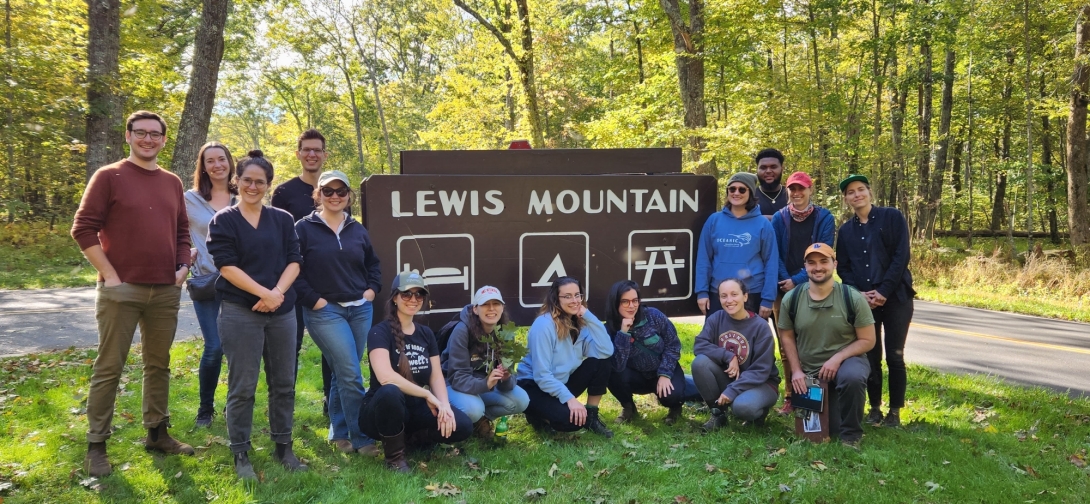February 21, 2024
At Shenandoah National Park, the Past, Present, and Future of a Historic Center of Black Life Come into Focus
By Matt Shaw

Today, Lewis Mountain remains little changed from when it was built in the 1930s and 1940s. It retains all of its rustic cabins and its central lodge. (Photo: Jacob Torkelson 2022)

 Expand Image
Expand Image








